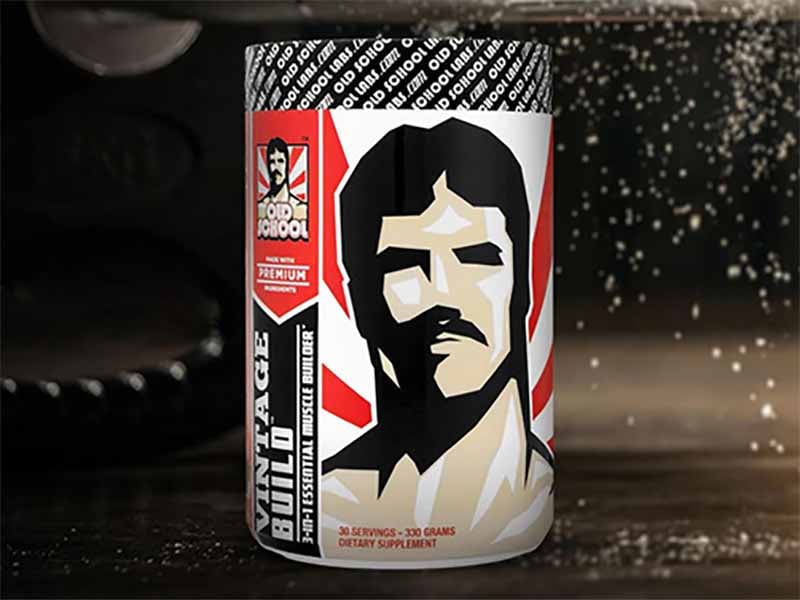
How to do a Glute Ham Raise: Form And Purpose
Key Takeaways
- The glute ham raise is a fantastic exercise to strengthen the hamstrings, glutes, lower back, and calves.
- Glute ham raises are not typically for beginners. If you don’t have the strength to perform this exercise correctly, start with progressions first.
- Many professional bodybuilders incorporate this exercise into their routine, and this article will explain the best benefits, proper form, and variants for the glute ham raise.
The hamstrings can sometimes be a forgotten muscle group when working the lower body. If there is an imbalance in the leg, with the quad being more dominant than the hamstring, it could cause injuries.
Working the hamstrings regularly, along with the rest of the lower body, will reduce muscular imbalance. It will also improve sprint and turning speed and allow you to lift more in the deadlift and squat.
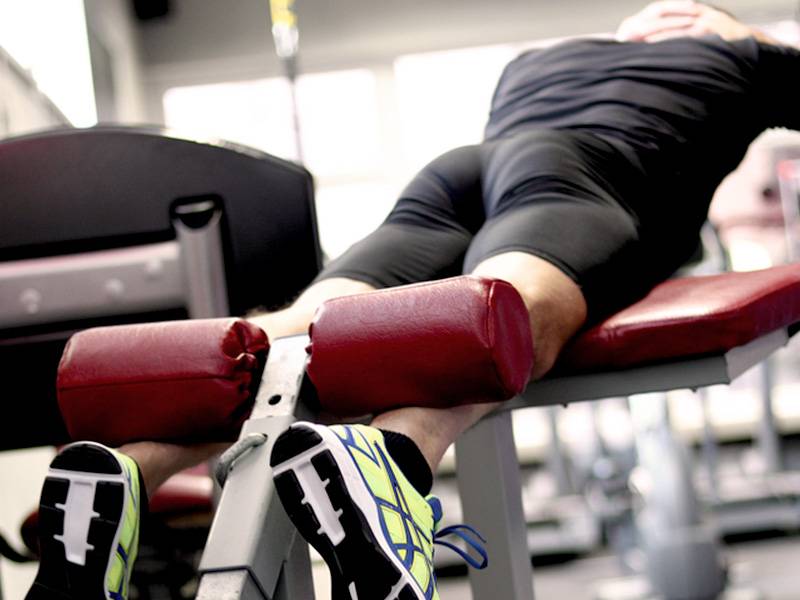
One exercise that can help with improving the hamstring muscle is the glute-ham raise. This exercise takes some skill, so may not be best suited for a beginner. There are variations and alternatives you can try, which will be discussed later on.
Today, we discuss the glute-ham raise:
- The muscles worked
- Step-by-step breakdown on how to complete the exercise with proper form
- Variations and alternatives you can use
- Common mistakes to avoid
First, let’s look at the muscles worked when performing the glute ham raise exercise.
Muscles Worked
Glutes ham raises primarily work the glutes and the hamstrings. That should not come as a surprise, given the name of the exercise.

However, those aren’t the only muscles worked when performing the glute-ham raise. This exercise will work the entire backside of the body, also known as the posterior chain.
Here is a breakdown of all the muscles you can expect to get a workout when doing the glute ham raise:
- Glutes
- Hamstrings
- Calves
- Lower back
- Erector spinae
This exercise improves knee flexion and hip extension at the same time by working the hamstring at the knee and hip joints.
Benefits of the Glute Ham Raise
Here are a few other benefits you can expect from adding the glute ham raise to your routine:
- The eccentric phase of the exercise provides superior knee flexion compared to the leg curl.
- Can prevent hamstring and ACL injuries from occurring.
- Less stress on the lower back makes this exercise a safer option than others for those who have lower back issues.
- Improves jumping and sprint abilities, used by strength and conditioning coaches for athletes.
- Helps build strength and muscle memory for powerlifters when used in conjunction with deadlifts and squats.
- The glute ham raise can help improve posture by strengthening the posterior chain muscles.
Now, let’s look at the steps needed to perform the glute-ham raise with proper form.
Performing the Glute Ham Raise
The glute ham raise is a difficult exercise to perform at home without the right equipment. Most often, the glute ham raise is performed using a specialized machine made for this exercise.
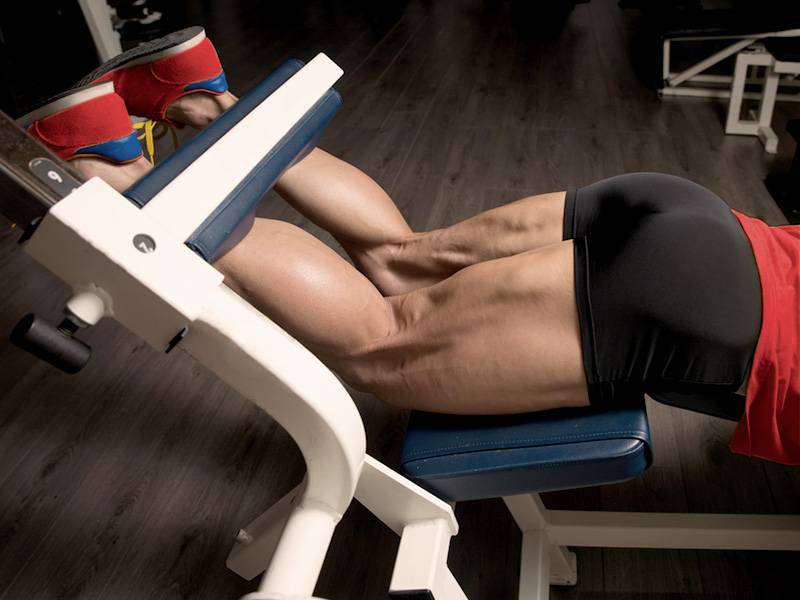
However, you can do the glute ham raise at home if you have another person with you. You’ll need a mat to kneel on and the other person will have to hold your feet down as you perform the exercise. You can also perform this exercise if you have a rack or something else you can hook your feet under.
Before we get into the specifics of completing glute ham raises, let’s talk mechanics of setting up the machine.
Setting Up the Glute-Ham Raise Machine
The most important part of doing the glute ham raise correctly is setting up the machine properly. There are three components of the glute ham raise machine that need to be configured first:
- Foot plate
- Knee pads
- Ankle hooks
First, we should adjust the foot plate. The knee pad and ankle hooks will stay in place, but the footplate can be adjusted vertically or horizontally.
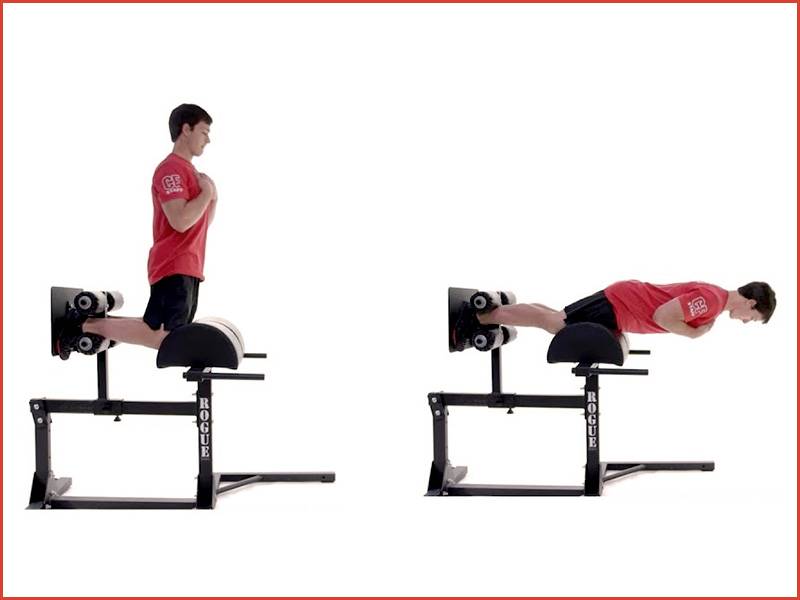
Positioning will be different for each person using the machine, based on leg length, thigh size, and strength level. There are some things to keep in mind when positioning the foot plate:
- The closer and higher the foot plate is to the knee pad, the more difficult the exercise will be.
- Some people may experience knee pain when performing the exercise. This happens either from the pressure on the pad or the position of the foot plate. Adjust the foot plate so it’s close and high enough that you are comfortable, but not so close that you experience pain.
The best way to determine positioning is to experiment with different settings and positions until you find what works for you.
Now, let’s go over proper form so you can start with training on the glute ham raise.
Proper Form: Glute Ham Raise
Here are the step-by-step instructions on performing the glute-ham raise with proper form.
- Get into position – knees on or directly behind the pad, feet flat against the platform, back of the calves resting against the top ankle hook.
- Start with your body at a 90 degree angle with the floor. Fold your arms across your chest.
- Squeeze your glutes, abs, and hamstrings. Begin by slowly lowering your body down in a controlled movement until your torso is parallel to the floor.
- Now, move back to the starting position. Push your toes into the foot plate as you raise your body back up until you’re at a 90 degree angle. Use the hamstrings to help pull you back up.
- Maximize contraction at the top by squeezing your glutes and hamstrings.
- Maintain control as you lower yourself back down to repeat your reps.
The bodyweight glute ham raise is also called the Nordic hamstring curl or a natural glute ham raise.
Performing this at home will use the same steps, except you’ll kneel down on the floor, preferably with a mat for cushion. Have someone hold your feet (or secure them under a rack) so they don’t rise up as you move through the steps.
Above is a video of the floor glute ham raise in action.
Things to Keep in Mind
While performing this exercise, imagine that your body is a straight line. You want to keep your muscles tensed to maintain control and use the right muscles to move your body.
If you can’t complete the exercise, or if you notice that you’re feeling it in your lower back, do not proceed. This means you don’t have the strength to complete glute ham raises properly and could cause injury.
Don’t worry if you can’t do this exercise right away. It looks a lot easier than it is, and even powerlifters struggle with this one in the beginning.

We’ve got some progressions and variations you can try until you can build the strength needed for the glute-ham raise.
Progressions
If you can’t perform the glute ham raise, there are some exercises you can do to work up to it.
- Hip Thrusts: This is also called the lying hip bridge. Doing these with just your bodyweight and then adding on weights will help build strength to perform the glute ham raise.
- Back extensions: Performing this exercise will strengthen the same muscles used to complete the glute ham raise.
- Suspended leg curl: This exercise is done using TRX straps to work the same muscle groups. An alternative to this is the suspended hanging leg curl.
- Floor glute-ham raise: Discussed above, this alternative to using the GHR machine can also be used as a progression to the real thing.
- Banded glute ham raise: Using a resistance band can reduce the amount of strength needed to bring the torso into the upright position.
- Reverse lunge: This exercise will help you with balance, stability, and control while working your muscles to prepare for the glute-ham raise.
- Donkey kicks: Performing this exercise will also work the muscles in preparation for glute ham raises.
Once you’re able to do at least two sets of 8 – 12 reps of some of these exercises, you should be ready to try glute ham raises.
When you’ve mastered the glute ham raise, then there are variations you can try to increase the challenge.
Variations
If you’re ready to up the challenge after you’ve mastered the bodyweight glute ham raise, this section is for you.
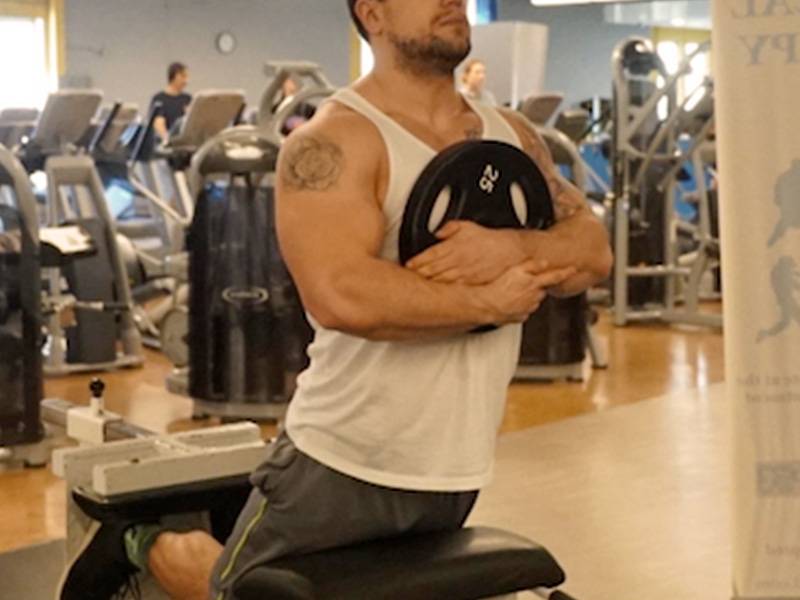
Most variations for glute ham raises include adding weight. You can do this with a barbell across the upper back or while holding a weight plate to your chest. You could also wear a weighted vest or use a strong resistance band.
As with most exercises, there are common mistakes that can be made when performing glute-ham raises. Let’s look at them so you know what to avoid.
Common Mistakes when Performing the Glute Ham Raise

Here are some of the most common mistakes seen when performing glute ham raises.
- Hip flex: When completing the exercise, your body should stay in a straight line. You’re not ready to perform the glute ham raise is your hips “break” from the straight line.
- Arched back: The back should remain neutral throughout the exercise. If your glutes or hamstrings are too weak to pull your body into the upright position, the back will arch to compensate.
- Not setting the machine correctly: If you have knee pain, you’re not positioned correctly. Your knees should be on or right behind the pads, depending on your leg length.
Prevent injury by avoiding these common mistakes. If you’re not strong enough to complete the glute ham raise, work on your progressions. Then go back in four to six weeks and try again.
Wrapping Up
Including glute ham raises in your workout routine can help build strength in the posterior chain. Athletes have found they can jump higher vertically and sprint faster when doing them regularly. Lifters have seen glute-ham raises translate to heavier and more controlled lifts in the deadlift and squat.
This exercise may not be possible for a beginner. There are progressive exercises you can do to build strength to perform the glute ham raise. There are also variations you can do once you’ve mastered the move to up the challenge.
Avoid common mistakes when performing glute ham raises to reduce the risk of injury. Practice them with slow and controlled movements to gain the most benefit to your posterior chain muscles.
Using a product like Vintage Build™ will help you power through your workouts while building superior muscle strength. Our Old School blend contains BCAAs, Creatine Monohydrate, and L-Glutamine to help improve strength and speed. We even have a keto-friendly option!
Are glute ham raises part of your workout routine? Why or why not? If not, what are your favorite hamstring exercises to do instead? We’d love to hear your thoughts in the comments below.
